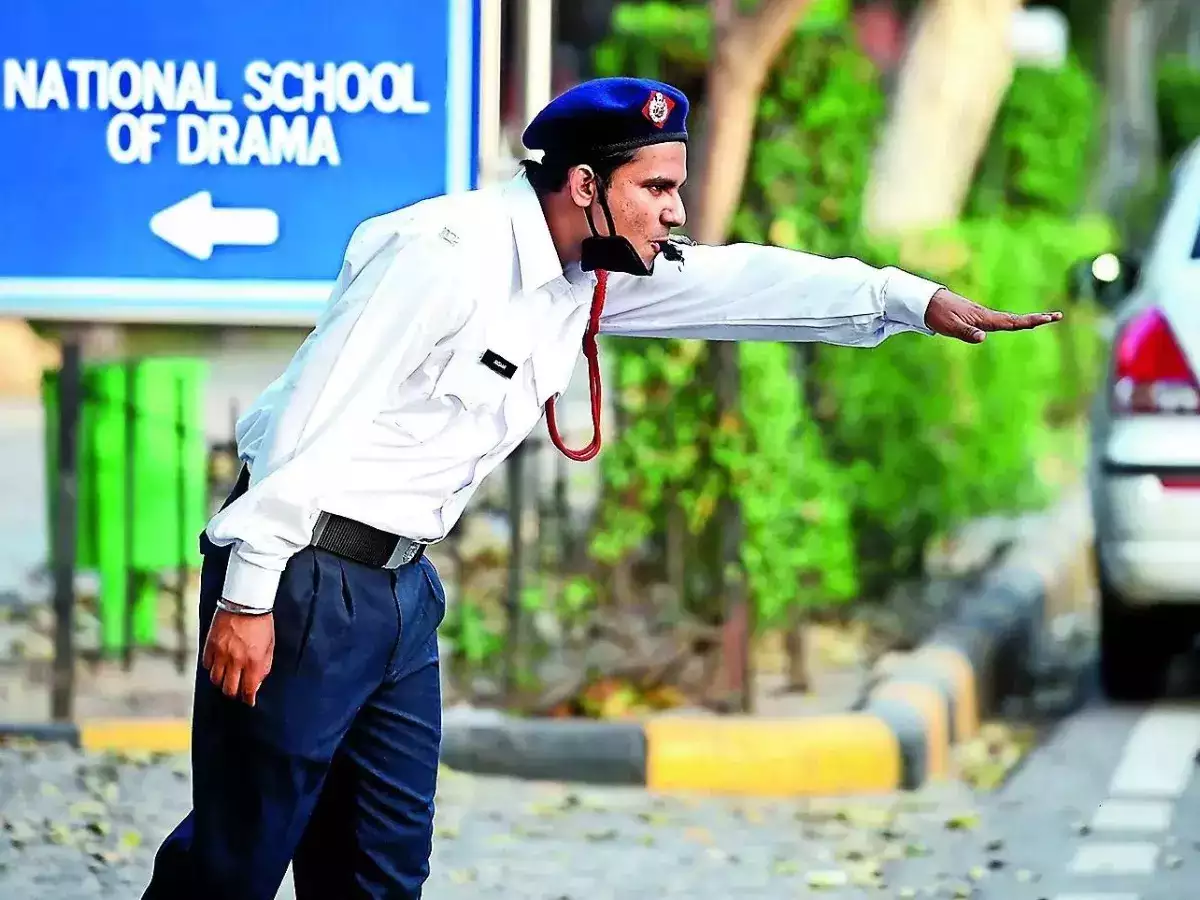 The officer also said that the number of challans issued by Delhi Traffic Police during GRAP 3 and 4 was quite high.
The officer also said that the number of challans issued by Delhi Traffic Police during GRAP 3 and 4 was quite high. Traffic violations linked to pollution checks nearly doubled in the city this year compared with 2023, according to Delhi Traffic Police data.
Between January and December 2 this year, a staggering 4,56,189 challans were issued to motorists who did not have valid pollution under check (PUC) certificates. The number stood at 2,32,885 last year and 1,64,638 challans in 2022.
The situation was particularly grim during the GRAP (Graded Response Action Plan) period - between October 15 and December 2 - as 227,962 challans were issued by traffic police. During GRA to 3, a total of 1,38,606 challans were issued while during stage 4, more than 64,000 challans were issued.
A senior officer said to tackle the issue, special teams were formed by the traffic police to conduct stringent checks, monitor vehicles without PUC certificates at border areas and within the city, and ensure compliance. The teams were equipped with electronic machines that enabled them to check the details of vehicles and issue challans on the spot if they were found to be violating PUC norms.
The fine for driving a vehicle without a valid PUC certificate in Delhi is a hefty INR 10,000. An officer pointed out that having a valid PUC certificate is not only a legal requirement, but also a crucial aspect of ensuring road safety and reducing air pollution. Vehicles that emit excessive pollutants can contribute to poor air quality, posing serious health risks to the public. The validity of a PUC certificate is one year.
Another traffic officer said many offenders, when caught, often made excuses, claiming that they were on their way to obtain a PUC certificate or promising to get one quickly. Such excuses, he added, are no longer acceptable, as Delhi Traffic Police has been consistently emphasising the importance of having a valid PUC certificate.
The officer also said that the number of challans issued by Delhi Traffic Police during GRAP 3 and 4 was quite high. "There was a time when we were issuing at least 5,000 challans every day," he added.
